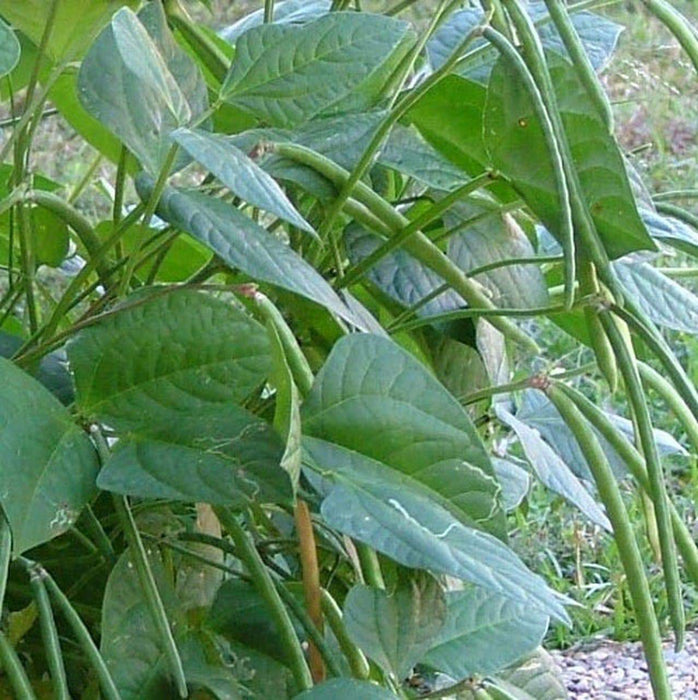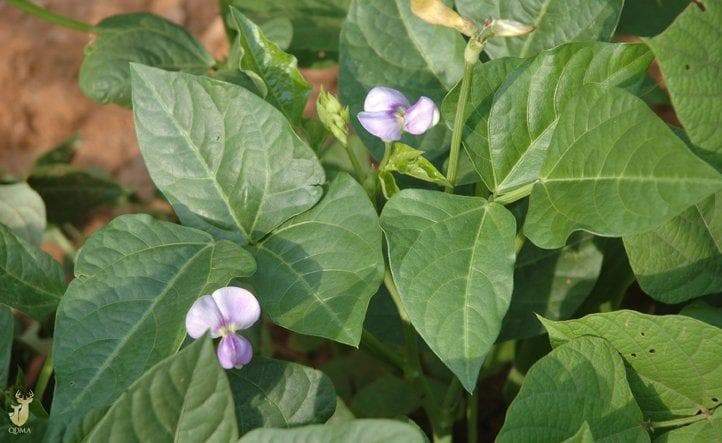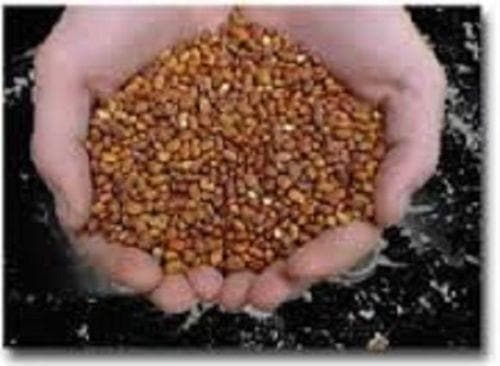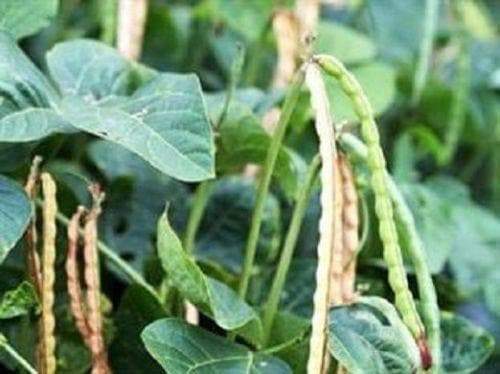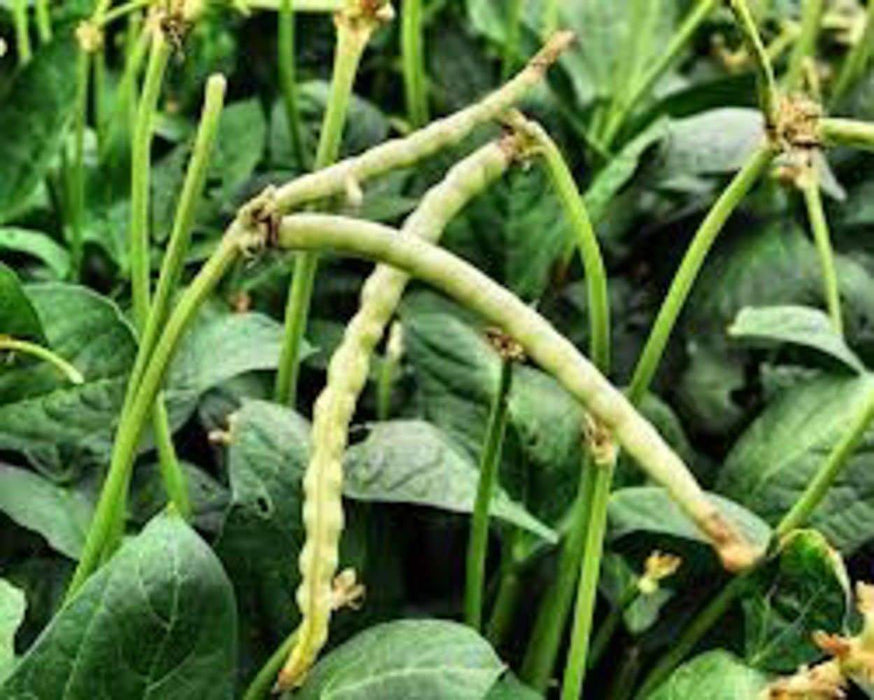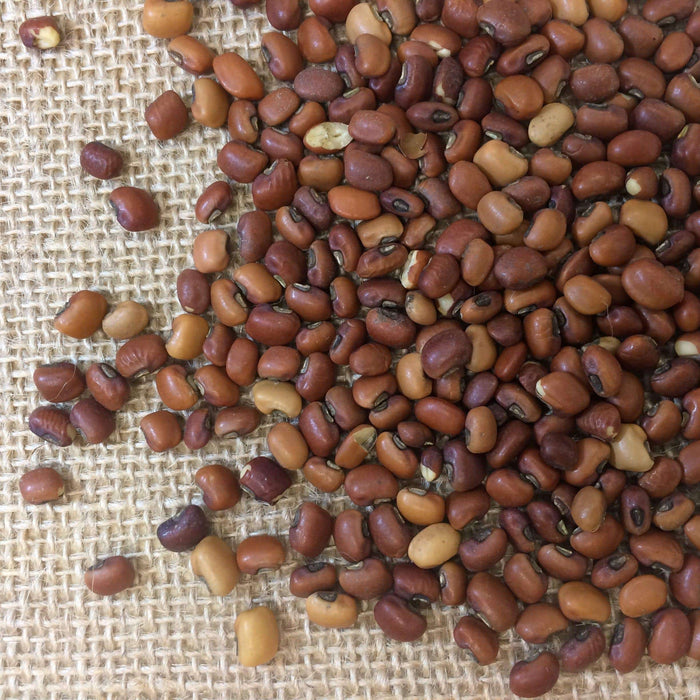
Iron and Clay Cowpea ,Southern Pea, Field Peas
Original price
$ 2.15
-
Original price
$ 54.95
Original price
$ 2.15
$ 2.15
-
$ 54.95
Current price
$ 2.15
Most orders are processed by the next day
Select your desired size and/or color from the available options.
Organically Grown ,Great cover crop, This warm season annual legume produces high protien forage for wild life and makes a great soil building cover crop. It will produce high amounts of nitrogen and open up the soil with its very deep root system. Plant in the spring or early summer. Excellent for quail, dove ,deer. Plant at 40-50 pounds per acre.
A great cover crop for warm weather and Southern growers.
Grown much like soybeans. Frost sensitive, but fast growing to 2 1/2' in warm/hot weather.
Sow midspring once soil has warmed. Drill at 25-50 lb./acre or broadcast up to 120 lb./acre, 1/2 to 1" deep. Relatively long taproots help withstand drought. Cowpeas are not tolerant of high weed pressure or wet soils and will perform poorly in these conditions. If planted thickly, they will smother out weeds. Cowpeas can also be used for underseeding in spring crops and tilled under prior to fall-planted crops.
They can produce as much as 315 lb./acre nitrogen, although 130 lb./acre is more typical. High organic matter production. Inoculate with for best performance. Avg. 4,000 seeds/lb.
Approx 4,000 seeds per lb
Plant to the rate of 60 lb. per acre - Broadcast
Rates of 20-30 lbs. / acre can be used on row planting.
OR Plant 3-5 lb. per 1000 sq. ft.
Excellent for quail, dove and deer.
Cowpea is one of the most ancient crops known to man. Its origin and subsequent domestication is associated with pearl millet and sorghum in Africa. It is now a broadly adapted and highly variable crop, cultivated around the world primarily for seed, but also as a vegetable (for leafy greens, green pods, fresh shelled green peas, and shelled dried peas), a cover crop and for fodder. Cowpea has a number of common names, including crowder pea, black-eyed pea and southern pea.
Origins , Africa where it's still cultivated to this day. It sustains the people who live on the very edge of existence and it thrives in hot, dry conditions.Brought across the Atlantic to the Caribbean Basin, it was introduced to the Americas during this dark portion of our history. There are records of its use in Jamaica as early as 1675. It has documented use in Florida in 1700 and North Carolina in 1714.
Cowpeas were often known as a "poor man's" food; the landed gentry of the Eastern seaboard preferred the English Pea,Pisum sativum and considered the cowpea simply that: peas grown to feed the cows. George Washington imported 40 bushels of what he called "pease" from Jamaica in 1797 to plant in his fields for forage, but no record exists that he actually sampled them himself.
Cowpeas consist of an average of 24% protein, are rich in the amino acids lysine and tryptophan and are most nutritious when eaten in combination with cereals.The Southern custom of serving peas with cornbread, rice or biscuits is a tradition that is actually healthy, although carbohydrate heavy. This makes them an ideal food for vegetarians and people who limit their meat intake. The young shoots and leaves can be cooked and eaten in a manner similar to asparagus, or they can be prepared as one would any green such as turnip greens and collards. The ancient Romans and the peoples of the Mediterranean Basin were familiar with them and ate cowpeas prepared in a number of different ways. The young pea pods were often prepared as one would snap beans. The dried leaves are still used today as a meat substitute in poorer
villages.
When the cowpea reached the southern United States, it was a perfect marriage of plant, climate, and economic conditions. Southern farmers embraced the pea enthusiastically and through the years many varieties were developed. Some becoming regional favorites, but little known elsewhere.
LET OUR CUSTOMER SPEAK FOR US

![[Seeds] - Caribbeangardenseed](http://caribbeangardenseed.com/cdn/shop/files/gift-card-gift-card-1_1024x1024_dfa857db-9150-4315-a362-7f0bb3fb9c47_60x28.png?v=1703978838)
